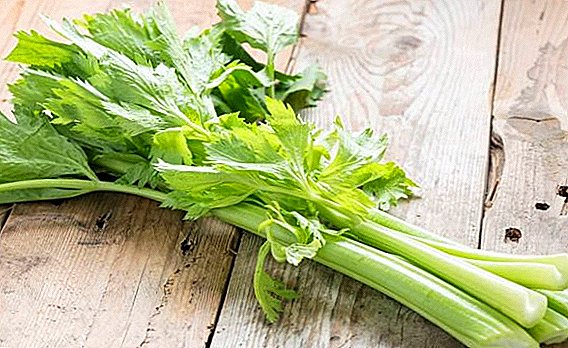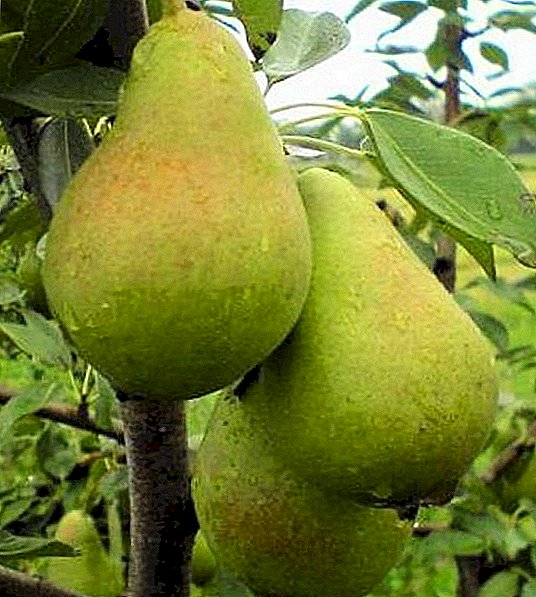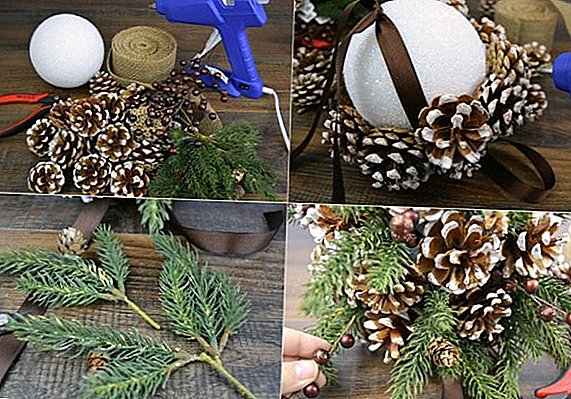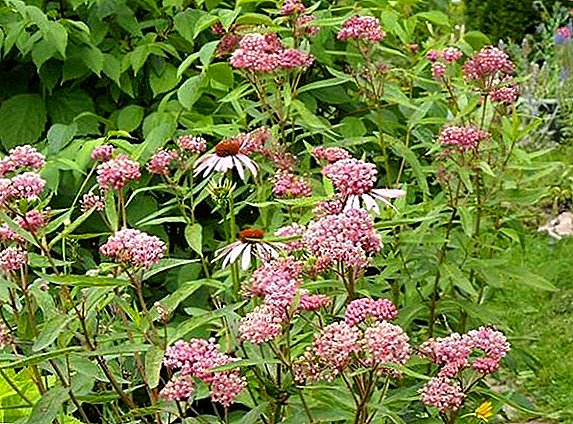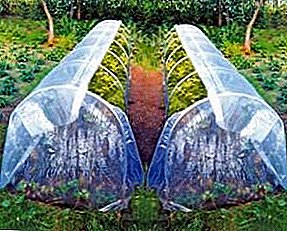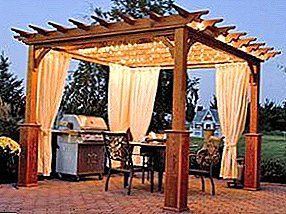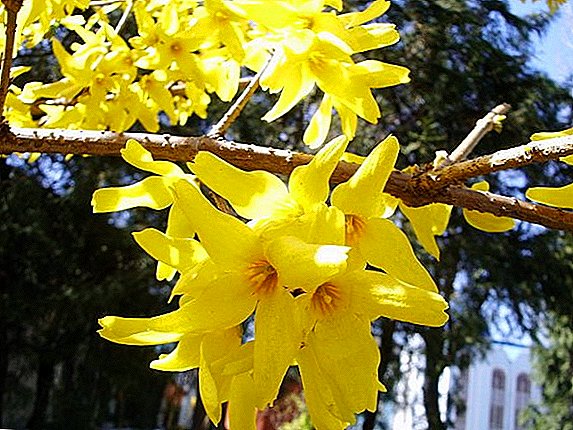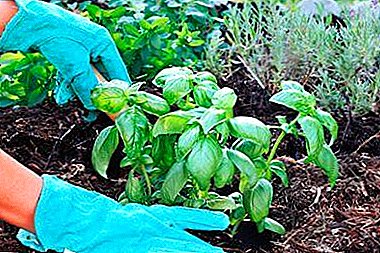
Sooner or later, every gardener who grows basil, is faced with the issue of planting. What does basil seedlings from prepared seedlings provide? When is it made?
How should spice be planted with seedlings? The material of this article will be extremely useful to those who ask themselves similar questions and have not yet found an answer to them.
The article contains tips and step-by-step instructions on how to plant basil from seedlings. Also describes the features of subsequent care.
Is it possible to perform this procedure?
The root system of basil is branched and fibrous, the roots are thin, not penetrating deep into the soil, their main mass is located in the upper soil layer (25 cm). They are easy to separate with hands or a sharp knife. therefore basil can be seated if the need arises.
When do you need to do this?
- Basil, grown in open field or in a pot on the windowsill, should be planted in the event that the bush has grown extremely. Due to the fact that the root system of the plant does not have enough space and, therefore, nutrition, the leaves of the plant become smaller, not so juicy. The bush itself may begin to turn yellow or dry out.When planting basil in the open field, you should choose a place that is protected from gusts of wind and drafts, well lit during the whole daylight hours.
It is necessary to dig the soil, making organic fertilizer (compost, humus). To arrange basil shrubs in different pots, it is necessary to prepare a light, permeable and, at the same time, nutritious soil mixture:
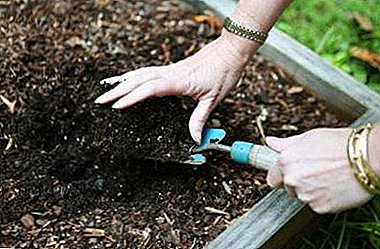 1 part of the humus;
1 part of the humus;- 1 part garden land;
- 2 pieces of coconut fiber.
- Basil seeds are sown quite thickly on the basis that not all of them will sprout. Therefore, with the growth of seedlings there is not enough space and light. Save them can seeding in individual pots. Planting seedlings of a plant from common dishes into individual containers is traditionally called a dive.
A basil dive is made at the moment when the seedlings had 2 true leaves (3 - 4 weeks after sowing). Seedlings are seated in individual containers (plastic cups, peat-humus pots, etc.) or on beds in a greenhouse. As the substrate is taken the same soil as for sowing seeds (4 parts of peat, 2 parts of humus, 1 part of river sand), to which should be added wood ash and mineral fertilizers (5 liters of soil mixture 2 tablespoons of ash and 1 tablespoon fertilizer).
Step by step instructions, if the plant is placed in open ground?
Planting in open ground provides:
- The plant, which is planned to be planted, should be well shed with settled water and dug together with the earthy clod.
- In the selected place, you need to prepare 2 holes, the depth of which should be 8 - 10 centimeters more than the length of the roots. The distance between them is 40 - 45 centimeters.
- Drainage, a handful of urea, then a layer of soil fall to the bottom of the landing holes.
- Pour 1 liter of warm water into each well.
- The expanded plant is divided with a knife.
- Each part is immersed in the center of the hole (it is necessary to ensure that the roots do not bend), voids are filled with soil. The point of growth should not be deepened. The upper layer is pressed by the hands.
We offer to watch a video on how basil seedlings are planted in open ground:
Features of seating in different pots
 Pour a layer of drainage (2 to 3 centimeters) into the pots (volume 1–2 liters), then a layer of soil.
Pour a layer of drainage (2 to 3 centimeters) into the pots (volume 1–2 liters), then a layer of soil.- From the old pot gently removed expanded plants, previously well-moistened.
- Carefully cut the root system into 2 parts with a sharp knife.
- In the ground, covered with 2/3 of the pots, make indentations that should be shed with warm distilled water.
- After the water is absorbed, the plants with the roots are placed inside the pots, the voids are filled with soil, the top layer of soil is slightly crushed.
Step-by-Step Seating Activities
Seating activities:
- Liberally pour water over the container with the seedlings and leave for 2 to 3 hours.
- Carefully separate the wand (pique, wooden needle, plastic fork, a knife from a set of children's plasticine) seedling.
- Remove it from the soil, while keeping the plant at the earthy clod or cotyledon leaves, but not at the stem, since it is very fragile.
- The bottom of the tank, in which the planting will be carried out, must be filled with a drainage layer (expanded clay, pebbles, eggshell).
- Make a small depression in the tank, where the plant will be transplanted, bury it to the point of growth (to the same depth).
If the seedlings are planted during the first pick in a common box, then the distance between them should be at least 3 - 4 centimeters.
- Sprinkle the seedling with primer, lightly pressing it for better fixation.
How to care?
- Immediately after basil planting in the open ground, new bushes should be plentifully watered with settled water. Watering should be repeated the next morning, but not from the aqueduct. After a week, the bushes can be fed by adding a solution of nitroammofoski or ammonium nitrate (1.5 tablespoons per 1 liter of water).
 After planting basil in different pots, new plants should be plentifully watered with settled warm water. Further watering should be regular, but not abundant: 1 time per day, in the morning. The optimum temperature regime is + 25C, the habitat should be sunny and without drafts.
After planting basil in different pots, new plants should be plentifully watered with settled warm water. Further watering should be regular, but not abundant: 1 time per day, in the morning. The optimum temperature regime is + 25C, the habitat should be sunny and without drafts.- After picking, seedlings must be placed in a bright place, but without direct sunlight. Immediately, the planted plants are once watered abundantly with warm settled water, then the normal mode (to prevent the topsoil from drying out). A week later, you can feed young plants with mineral fertilizers (2 to 3 grams of urea and 4 to 5 grams of superphosphate to 1 liter of water).
We offer to watch a video on how to care for basil seedlings:
What to do if you don’t survive?
- Plant development ceased. It is necessary to check whether the burial was done correctly: the growth point should be above the ground surface, and not below it. Another reason is severe damage to the roots. If the plant does not begin to develop, then you should think about grafting.
- Plants began to wither. Perhaps the reason is a rare watering. Exit - review the irrigation scheme. On hot days it is allowed to water basil twice a day.
- Seedlings are infected with rot or fungal diseases. To prevent such a phenomenon, seeds, soil, and containers should be disinfected thermally or fungicides before sowing. If this could not be avoided, the plants are treated with a solution of copper sulphate (1 teaspoon of the preparation for 2 liters of water).
Armed with the necessary tools and sunk in with patience, any gardener will be able to accomplish this simple, but time-consuming and laborious, business.


 1 part of the humus;
1 part of the humus; Pour a layer of drainage (2 to 3 centimeters) into the pots (volume 1–2 liters), then a layer of soil.
Pour a layer of drainage (2 to 3 centimeters) into the pots (volume 1–2 liters), then a layer of soil. After planting basil in different pots, new plants should be plentifully watered with settled warm water. Further watering should be regular, but not abundant: 1 time per day, in the morning. The optimum temperature regime is + 25C, the habitat should be sunny and without drafts.
After planting basil in different pots, new plants should be plentifully watered with settled warm water. Further watering should be regular, but not abundant: 1 time per day, in the morning. The optimum temperature regime is + 25C, the habitat should be sunny and without drafts.